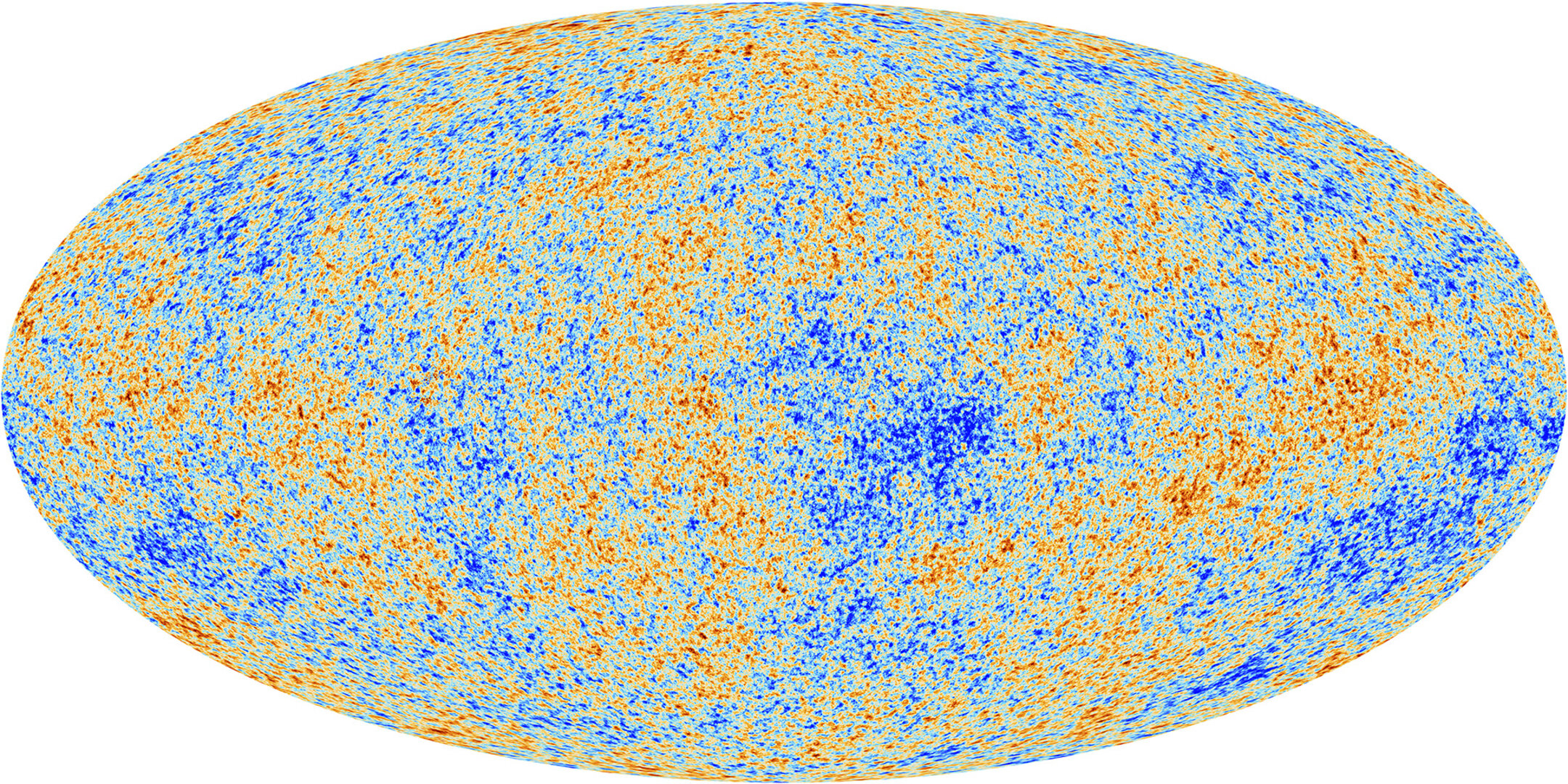It is necessary to consider that the space within a galaxy does not expand. The galaxies are gravitationally bound from within their respective centres, therefore, the light that reaching our eyes form the stars within our galaxy don't experience any such effect that may have caused due to the expansion of space. Besides, there is a zero gravity sphere around all the galaxies, the space beyond that can only expand. Only the space between the galaxies expands due to the effect of mysterious dark energy.
However, the rate of expansion is greater as we approach towards the edge of the visible universe. At the edge of the visible universe the galaxies are receding faster than the speed of light and entering into the invisible universe for ever. Light from such distance can never reach us.
Moreover, the age of the universe is known to be 13.8 billion years and the universe has expanded much more than 46.5 billion 'light years' during that time, but the visibility of light is to the extend of 46.5 billion light years, beyond that light cannot reach us, as the invisible universe starts there.
Therefore, since the expansion of space was much faster than the speed of light during inflation, so some form of signals from that originating location still can reach us where our visibility is extended till the boundary of invisibility at 46.5 billion light years.
Furthermore, we are not located at the edge of the universe but more within it, as such some form of signal originated during 13.8 light years ago can still reach us; as space expanded much faster than the speed of light during that inflation of the universal space, making some of those originating energy slower than us and to reach us late.
In this sense, though there is no definite centre of the present Universe, but the point of the Big Bang may be considered the centre point of the Universe, which we have left 13.8 billion years ago.
Read What was there before the Big Bang?

